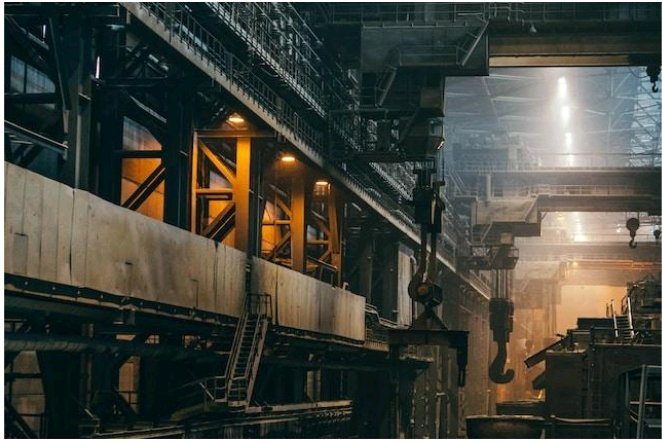Linear motion systems are an integral part of our day-to-day lives. They are present in many everyday appliances and items like cars. However, their biggest use case comes when large-scale companies and industries use these systems in factories to manufacture their products or just as a part of a specific product. They’re everywhere, from automobiles, robotics, manufacturing, and more. These tools are used in applications that require extremely precise control and handling. Considering their importance, it’s good to understand them and their different use cases.
Linear Rails
There are many components of linear motion systems, and linear rails are one of the most common sub-types. These rails consist of a rail with different attachments and sizes depending on the use cases and can be used across various industrial activities. Examples include use in assembly lines, cars, and robots, milling and grinding machines, and large-scale printing presses.
These rails have been one of the most popular options across all of these systems for years because of their versatility and the range of options they come in. Profiled, round, and miniature rails are all different types of linear rails that come with their own specialized movement and load-bearing capacity, depending on the kind of work you need to get done. If there’s one motion system you need, chances are linear rails are the one that will suit you best.
Linear Bearings
Linear bearings are one of the most frequently used types of motion systems in all kinds of industrial practices. They help to facilitate movement between two moving parts, reducing friction as much as possible so the machine functions efficiently and without damage. There are many sub-types of linear bearings, some of which are even used in households worldwide.
These types include ball bearings, plain bearings, bushings, and linear air bearings. These all have the same function but achieve the intended result through different means. Ball bearings, the most popular sub-type. Plain bearings use cylinders instead of balls, bushings use a small cylindrical sleeve, and linear air bearings use a film of compressed air.
They all have slightly different load bearings but are equally useful in all possible use cases. You won’t be able to run machines or a large-scale factory without these.
Belt Drives
Belt drives are another integral component of these systems. Belt drives use rotation to add torque between two pulleys, allowing smooth motion to occur. They’re simple, cost-effective, and versatile. They can be changed out and maintained easily, and the individual parts are not expensive, so their long-term use in factories usually comes without any major headaches.
The different types of belts include V-belts, timing belts, and flat belts. V-belts are used in car manufacturing, timing belts are used in engines and printers since they’re used for accurate, time-dependent positioning, and flat belts are used in household appliances.
Belt drives are found in industries across the world because of the many benefits they offer. Besides just being cost-effective, they’re also silent, easy to maintain, and efficient, thanks to years of research and development.
Linear Stages
Linear stages are one of the most integral parts of the motion system. It is the platform on which many of the assembled items or products in the factory are placed to be transported along the assembly line. Their positioning is very important since they’re used in tandem with the machines in the factory, so they are designed to be easily moveable by the motion system they’re sitting on top of. Linear bearings, rails, belt drives, and actuators all come together to facilitate the movement of the linear stage.
Thanks to decades of research and development, these stages have even more things added to them that make their use easier. Examples include a more efficient drive mechanism and positioning feedback receptors that send back information to the stage and the users about the specific location of the carriage.
These stages are used in countless industries, including precision manufacturing of things like optics, research and development, and other kinds of sciences.
Conclusion
These motion systems have been adopted throughout the world across countless industries, and have since become a priceless addition to the workflow in most, if not all, causes. If you’re an aspiring factory owner, or you need a machine to massively increase efficiency while reducing costs, these might be the solution for you.
